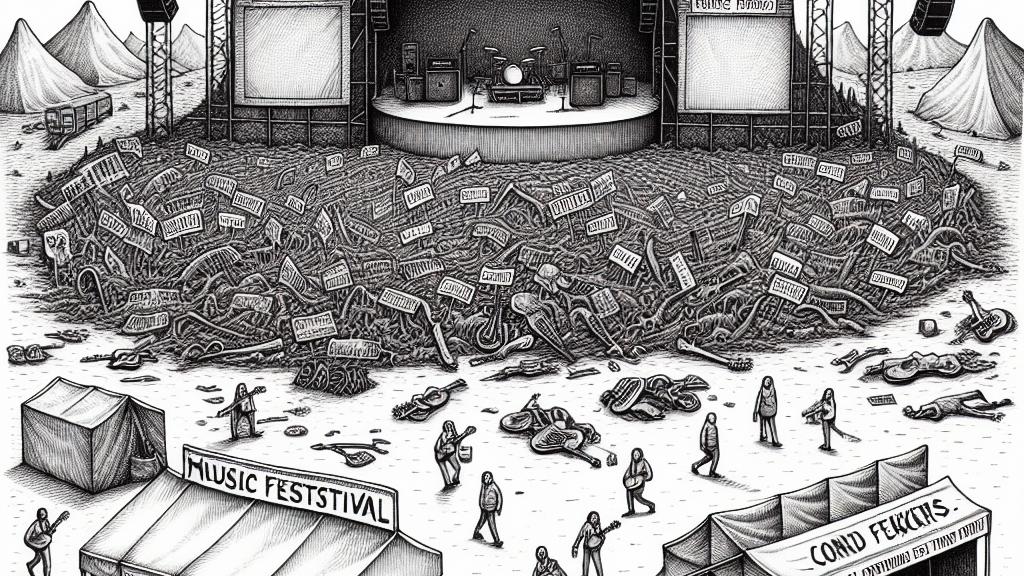The Decline of Music Festivals: Why 2024 is Considered the Year Festivals Lost Their Appeal
Overview
- A historic wave of cancellations struck music festivals worldwide in 2024, reshaping the industry landscape.
- Soaring costs combined with evolving audience dynamics are drastically affecting attendance figures.
- The oversaturated market complicates the future of festivals as preferences among fans continue to change.

Global Impact of Cancellations
In 2024, the music festival world found itself grappling with an alarming crisis, unprecedented in scope. Across key regions like the United States, the United Kingdom, and Australia, festivals that once promised excitement and connection were abruptly canceled, resulting in a palpable sense of loss among fans and artists alike. To illustrate, over 60 festivals in the UK were called off, including well-loved events like Reading and Leeds—long celebrated as cornerstones of British music culture. Such cancellations can be traced primarily to skyrocketing inflation, which has subjected organizers to crippling operational costs. It’s worth noting that securing big-name artists and coordinating logistics now demands substantial upfront investment, often leaving organizers caught in a financial bind. Imagine for a moment purchasing thousands of tickets to ensure a festival's success only to find ticket sales lagging, a scenario that breeds anxiety over potential financial ruin.
Transforming Audience Dynamics
Meanwhile, audience dynamics are shifting dramatically, particularly with the emergence of Generation Z, whose preferences starkly contrast those of Millennials. Once, the prospect of attending a festival was thrilling and synonymous with connection and adventure; however, today's youth demonstrate heightened discomfort in large crowds and often lean towards solitary music experiences. Recent studies reveal that a staggering 70% of Gen Z respondents prefer discovering music on platforms like TikTok and Instagram rather than attending in-person events. For instance, viral hits like 'Blinding Lights' gained momentum through social sharing rather than conventional concerts. Why is this? Today's youth are keen on personalized experiences, influenced by social media trends and algorithm-driven playlists that cater specifically to their tastes. They crave the thrill of new music discovery without the pressure of communal settings—a stark reminder that the ways we enjoy music are evolving.
Oversaturation and Market Adaptations
Moreover, the music festival marketplace faces an oversaturation crisis, complicating its vibrant history and future. With countless festivals popping up, discerning fans are now selective about where they invest their time and hard-earned money. High-profile festivals featuring superstars like Taylor Swift draw huge crowds, while smaller, lesser-known events struggle for attention. Interestingly, the convenience of streaming platforms allows fans to enjoy concerts from the comfort of their homes, dimming the allure of attending live events. However, some older festivals, like the Newport Jazz Festival, have embraced their heritage and successfully catered to nostalgia, achieving sell-out crowds by creating an environment that resonates with long-time fans. This adaptation illustrates the critical need for festivals to evolve and cater to varying audience desires, as they navigate this intricate web of challenges and opportunities, ultimately ensuring they remain not just relevant but essential in our ever-changing cultural landscape.

Loading...